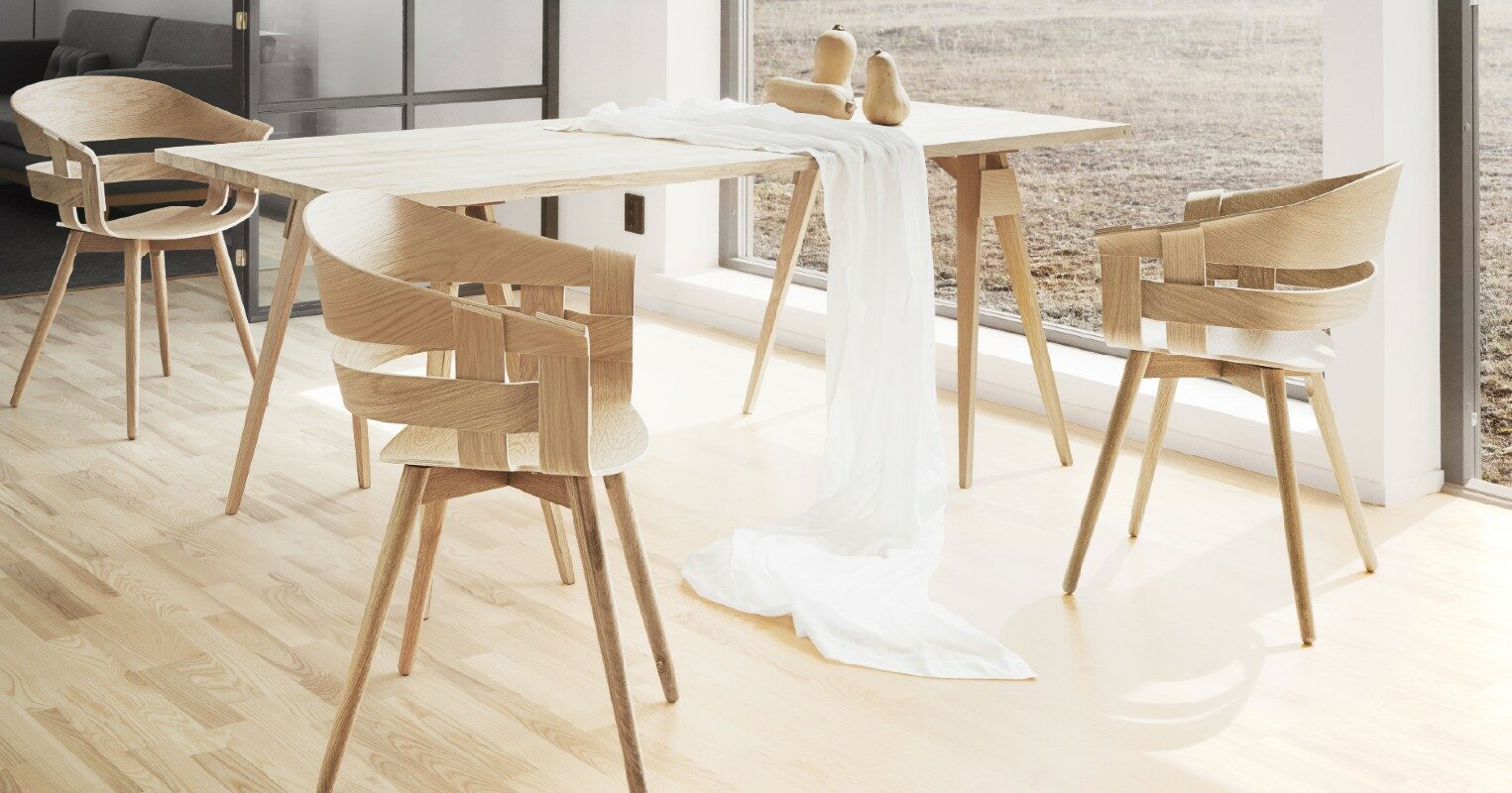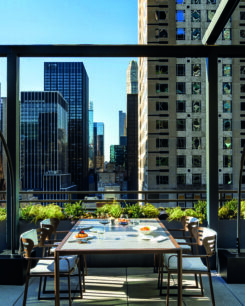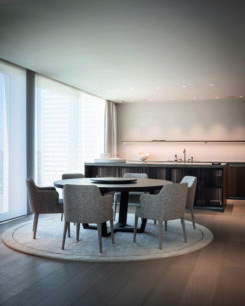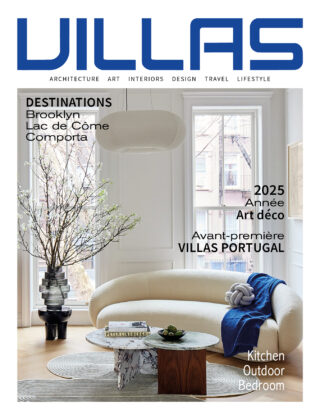Sommaire
Scandinavian design made from durable materials
Timelessness inevitably goes hand in hand with sustainability. Scandinavian design is therefore made primarily from sustainable materials such as leather, wood, wool and linen. Eva De Sauter, interior designer and co-manager of concept store Irma, explains: “Spaciousness is an important pillar within Scandinavian design. This means a minimalist interior with only a few strong pieces of furniture made from sustainable, natural materials. In this sense, Scandinavian furniture is an investment in the future.” One of the rules of thumb is therefore: keep the spaces as open as possible and place a carefully selected accessory here and there that radiates warmth.
No Scandinavian interior without wood. Oak and pine are commonly used wood species, but only if they are responsibly harvested. After all, living in harmony with nature is above all else. “On the one hand, only wood with an FSC label for responsible forest management is used. On the other hand, more and more materials are being recycled. For example, several design studios use recycled PET bottles in the production of fabrics for cushions and seats,” says Eva. Layered textures within the interior balance the use of different materials.
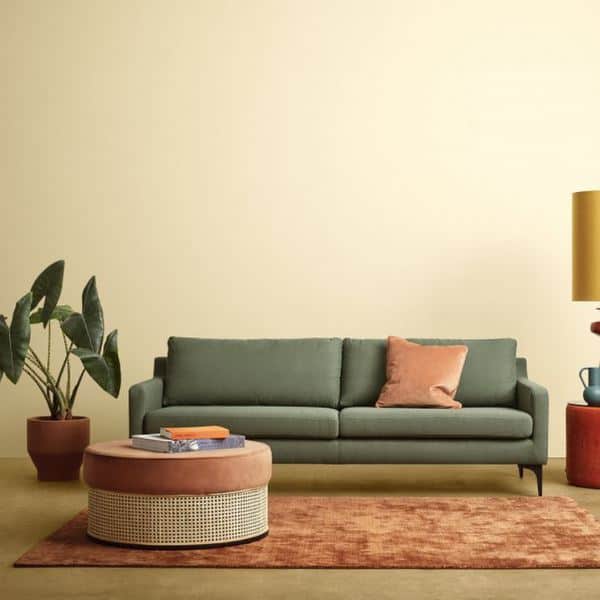
Sofacompany
The return of color in Scandinavian interiors
A Scandinavian interior radiates tranquility. Mainly sober colors dominate. And while grays and beiges continue to play the leading role in many interiors, colorful accents are gradually making a comeback. This return of color is accompanied by influences from the 1980s. In Scandinavian design, one accent color is often chosen that is subtly continued in a calm environment with neutral and natural colors. This manifests itself in color details in furniture or design objects. Colors such as orange, yellow, blue, green and brown but also purple recur. Eva De Sauter explains: “The cool, light colors that used to prevail, evolved since the pandemic to slightly darker, warmer and especially beige tones. This makes the whole a little less austere. There is more and more originality and a touch of color here and there. For example, the ‘Plant Box’ by ferm Living is now also available in Klein-blue. The balance remains extremely important: the playful must not take over from the peaceful.”
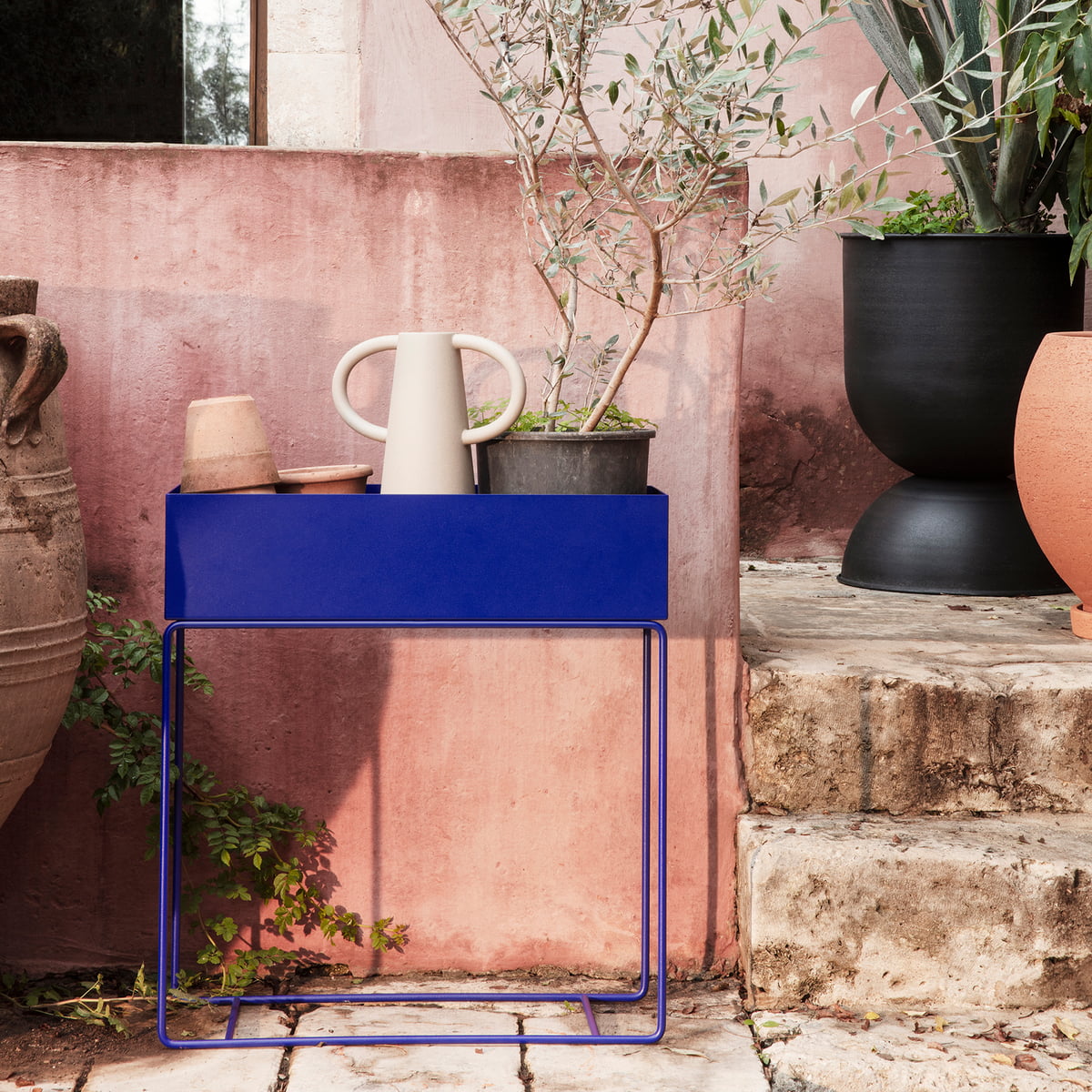
Ferm-Living
Scandinavian design focuses on functionality
The focus on functionality persists, the pursuit of usability and comfort persists. For example, consideration is given to how the design can facilitate everyday use. Details that could interfere with user-friendliness are omitted. When designing, we try to create as beautiful a piece of furniture or object as possible with as little as possible. The design is done in a modest way. When it comes to simplicity, Scandinavian design translates into clean lines.
This emphasis on functionality is noticeable in the collaboration between the Swedish HAY and the Belgian designer duo Muller Van Severen. Authenticity, sensitivity but above all user-friendliness are central to the collection that consists of accessories, furniture and lights. For example, the Arcs Shade lampshade from the collection can be used as a table lamp or a pendant lamp, depending on the cord.
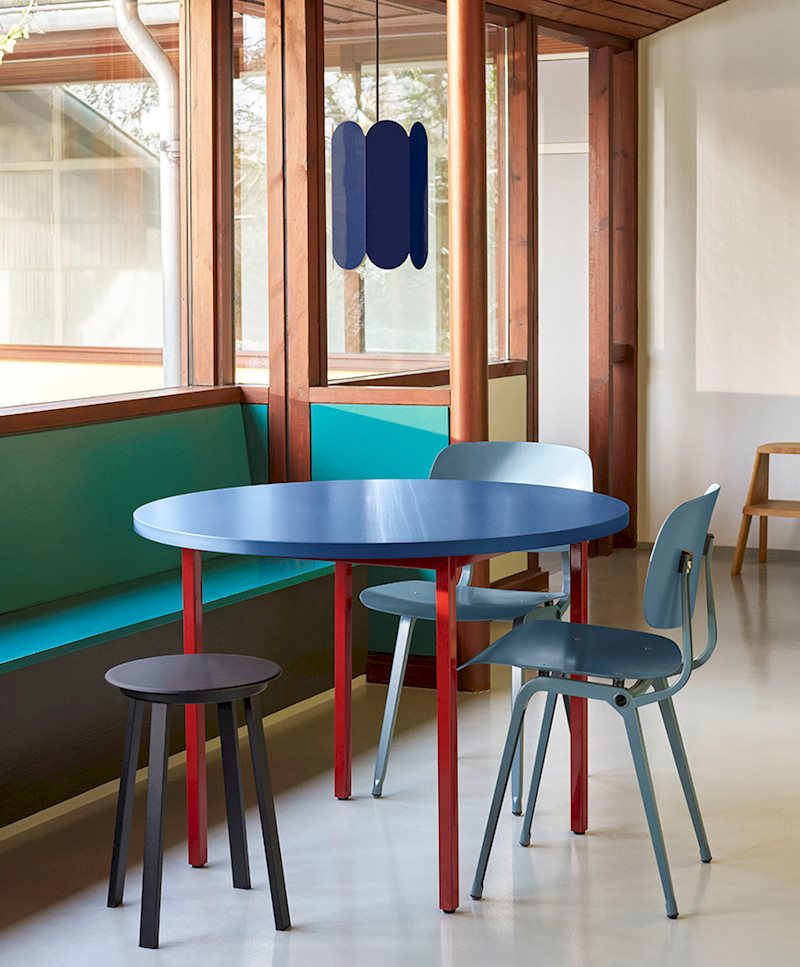
Hay
Flowing forms in Scandinavian design
Function then goes hand in hand with form. In the year 2022, flowing forms prevail. This trend continues both in furniture and in accessories such as candlesticks, vases and mirrors. Eva explains: “Clean lines remain a fixture within Scandinavian design. Nowadays, organic forms are also coming to the fore. These are defined curves, minimal in a sense. Frills are out of the question in any case.”
Within a Scandinavian interior, smooth lines create a soft, quiet movement. The combination of various forms, such as a sleek sofa with a round rug, for example, provides the necessary contrast without disturbing the tranquility within the interior.
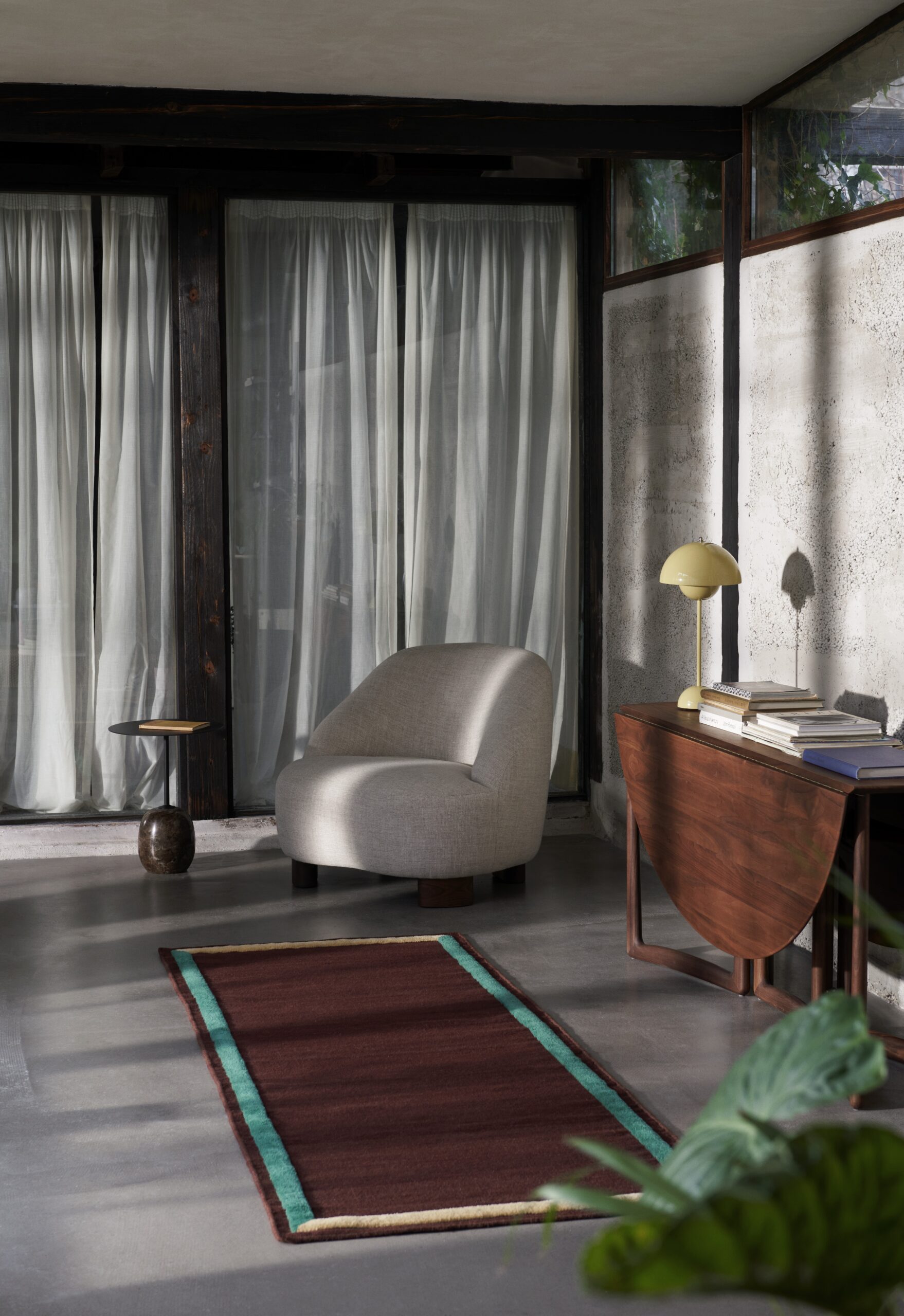
Tradition
Light as a source of warmth in the Scandinavian interior
In Scandinavian countries daylight is scarce. The ideal interior therefore consists of open spaces with lots of light. Large windows let in as much daylight as possible: “A lot of light is essential in a Scandinavian interior. Fabrics in light colors and light woods catch as much light as possible,” confirms Eva.
A multitude of light sources provide warmth when natural light is not available. Lamps but also candles create a relaxed atmosphere. Light, warmth and calm create a certain coziness that Danes refer to as ‘Hygge’. Armchairs and cushions in rich textures and soothing colors add a cozy touch. It remains important, however, to avoid excess. Here too, less is more.
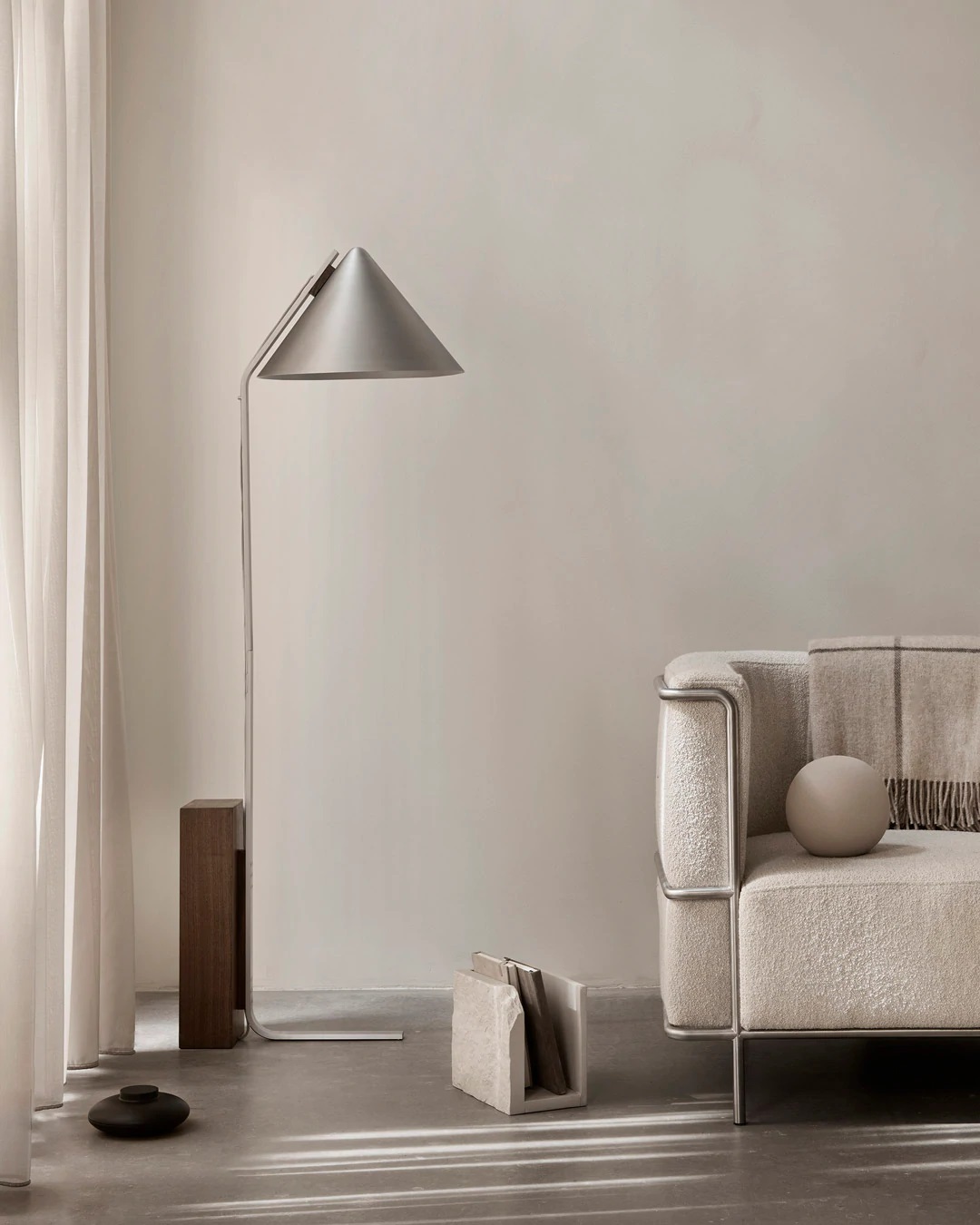
Kristina Dam Studio
